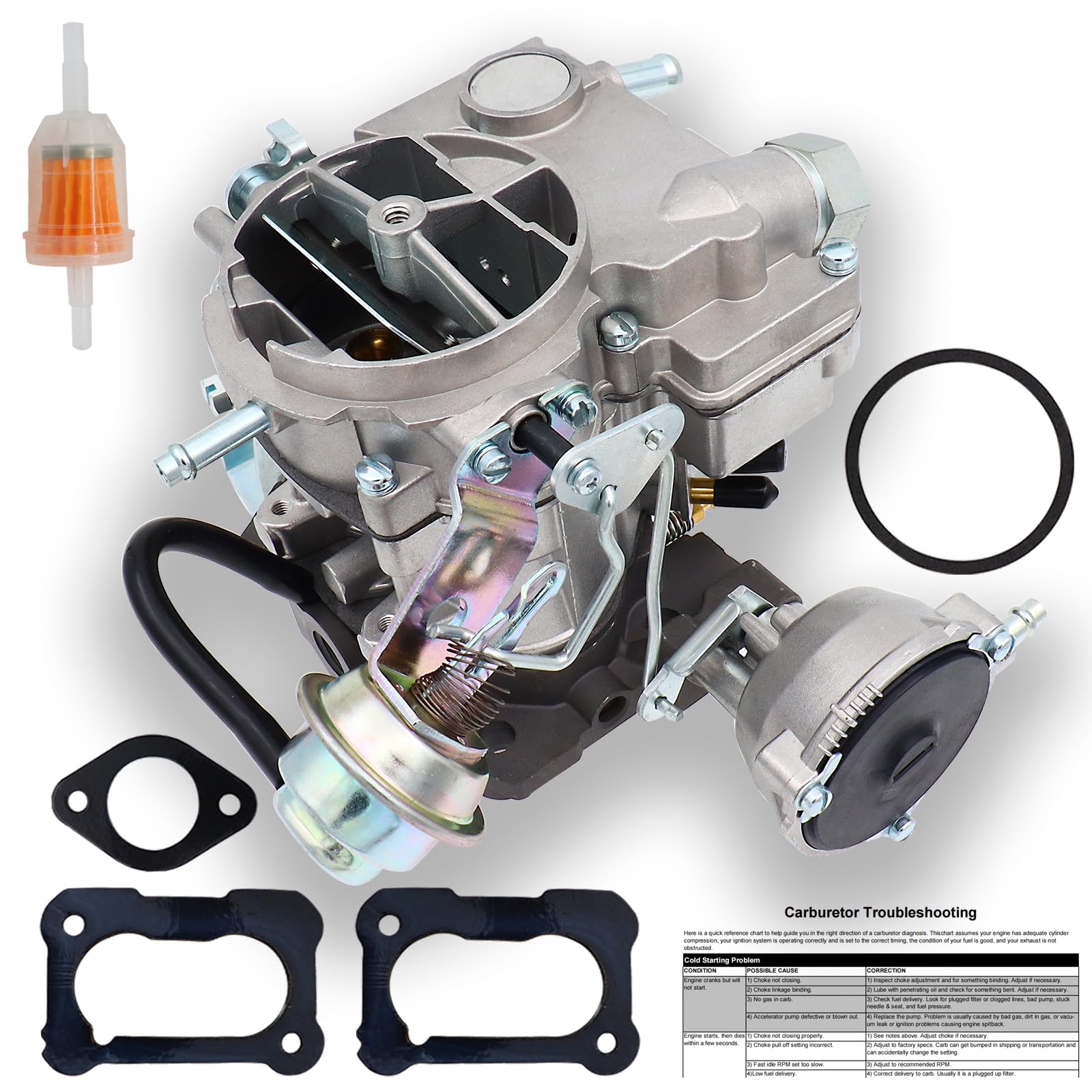Are you experiencing issues with your 5.7 Vortec Not Holding Fuel Pressure ? If your fuel pressure keeps dropping or you’re having difficulty starting your vehicle, there could be a number of reasons for this problem.

Credit: www.ebay.com
Why is my fuel pump not holding pressure?
The reason your fuel pump may not be holding pressure could be due to a weak fuel pump, clogged or dirty fuel filters, a leaky fuel pressure regulator, or restricted fuel lines, among others. To determine the pressure specifications of your vehicle, most vehicles have an attached fuel pressure gauge.
Why does my fuel pressure keep dropping?
If you notice that your fuel rail pressure is dropping, there may be an intermittent obstruction in the fuel flow or your fuel pump could be experiencing issues. To start diagnosing the problem, it’s recommended to check the cheaper potential causes first:
- Check the fuel cap: If air cannot enter your fuel tank as fuel is being sucked out, it can cause a lack of fuel flow.
- Inspect the fuel filters: Clogged or dirty fuel filters can obstruct the flow of fuel, leading to pressure drops.
- Examine the fuel pressure regulator: A faulty fuel pressure regulator can result in a stumbling or sputtering engine, as well as rough running.
- Ensure there are no leaks in the fuel lines: Leaky fuel lines can cause fuel pressure to drop.

Credit: www.amazon.com
Common Symptoms of a Faulty Fuel Pressure Regulator
If you suspect that the fuel pressure regulator is causing the fuel pressure to drop in your 5.7 Vortec engine, watch out for the following symptoms:
- Stumbling or sputtering engine
- Vehicle stalling out shortly after starting
- Rough running
If you notice any of these symptoms, it’s a good indication that your fuel pressure regulator may need to be replaced. However, it’s always best to consult with a professional mechanic for an accurate diagnosis and proper repair.
Potential Solutions
Depending on the exact cause of your fuel pressure issue, there are a few potential solutions to consider:
- Replace the fuel pump: If your fuel pump is weak or failing, it may not be able to maintain proper fuel pressure, and replacing it can resolve the issue.
- Clean or replace the fuel filters: Clogged or dirty fuel filters can restrict the flow of fuel, leading to pressure drops. Cleaning or replacing the filters can help restore proper fuel pressure.
- Repair or replace the fuel pressure regulator: If the fuel pressure regulator is faulty or not functioning properly, repairing or replacing it can help maintain consistent fuel pressure.
- Check for fuel line leaks: Leaky fuel lines can lead to drops in fuel pressure. Inspect the fuel lines for any signs of leakage and repair or replace as necessary.
Remember, it’s always recommended to consult with a qualified mechanic to diagnose and address any fuel pressure issues in your 5.7 Vortec engine. They have the knowledge and expertise to accurately identify and resolve the problem.
How much fuel pressure should a 5.7 Vortec have?
For the 5.7L Vortec engine, the fuel pressure specification typically falls within the range of 55 to 62 psi (pounds per square inch) when the engine is running. It’s essential to refer to the specific vehicle’s service manual or consult with the manufacturer for the precise fuel pressure specifications, as they can vary based on the model year and other factors.
If you’re measuring fuel pressure, it’s crucial to do so under operating conditions, such as when the engine is idling or running. Additionally, always follow proper safety procedures and guidelines when working with fuel systems. If you are unsure about the correct fuel pressure for your vehicle or if you suspect an issue with the fuel system, it’s advisable to consult with a qualified mechanic or refer to the manufacturer’s documentation for accurate information.
What are the symptoms of a faulty fuel pressure regulator?
A faulty fuel pressure regulator can cause various symptoms that affect the performance of the vehicle. Here are common signs that may indicate an issue with the fuel pressure regulator:
Poor Fuel Economy: A malfunctioning fuel pressure regulator can disrupt the proper regulation of fuel delivery, leading to decreased fuel efficiency.
Engine Misfires: Inconsistent fuel pressure may cause engine misfires or hesitation during acceleration. This can result in a lack of power and a rough running engine.
Hard Starting or Stalling: Insufficient fuel pressure can result in hard starting or stalling, particularly when the engine is under load or during acceleration.
Black Smoke from Exhaust: An overly rich fuel mixture, caused by a faulty fuel pressure regulator, can lead to black smoke coming from the exhaust. This indicates incomplete combustion and an imbalance in the air-fuel ratio.
Check Engine Light (CEL) Illumination: A malfunctioning fuel pressure regulator may trigger the check engine light on the dashboard. Diagnostic trouble codes (DTCs) related to fuel pressure or mixture issues may be stored in the vehicle’s computer.
Fuel Leaks: A damaged or failed fuel pressure regulator may lead to fuel leaks. Inspect for any signs of fuel odor or visible leaks in the engine compartment.
Poor Acceleration and Performance: A decrease in fuel pressure can result in sluggish acceleration and overall poor engine performance.
High or Low Idle Speed: Fluctuations in fuel pressure can cause variations in idle speed. The engine may idle too high or too low, and the idle may be unstable.
If you experience any of these symptoms, it’s advisable to have the fuel system, including the fuel pressure regulator, inspected by a qualified mechanic. They can perform diagnostic tests, including checking fuel pressure, to determine if the regulator is functioning correctly. Addressing fuel system issues promptly is crucial to maintain optimal engine performance and prevent further damage.
5.7 Vortec Fuel Pressure Regulator Symptoms: Uncover Common Issues





